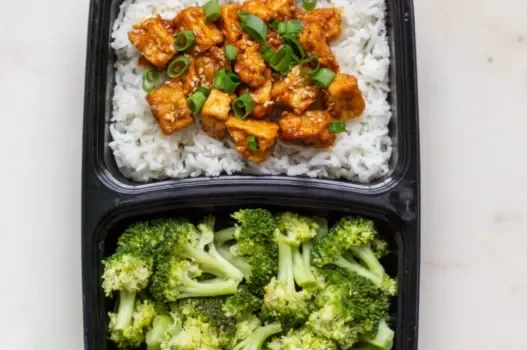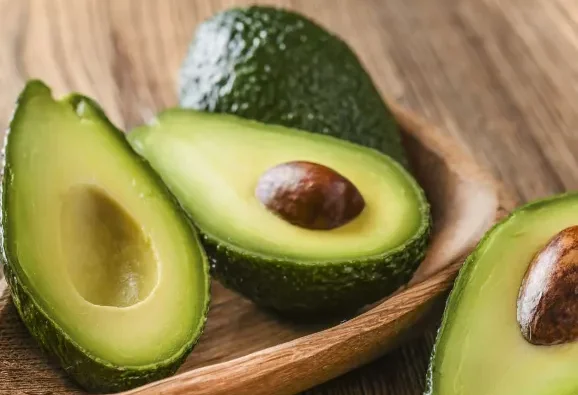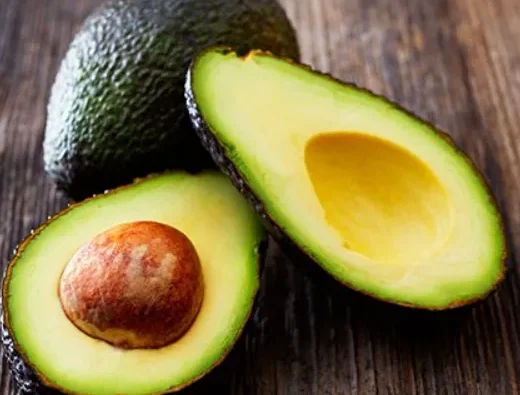
If you’ve ever found yourself hungry after a long day, reaching for takeout because cooking feels like too much effort, you’re not alone. Meal prepping can be a game-changer, making it easier to eat healthy and stick to your nutrition goals, even on your busiest days. If you’re new to meal prepping and not sure where to start, this post is for you. I’ll walk you through the benefits of meal prep, how to get started, and give you practical tips to make your prep sessions easier.
What is Meal Prepping?
Meal prepping involves preparing your meals ahead of time so they are ready to eat throughout the week. The idea is to make your meals nutritious, portion-controlled, and convenient so you’re never caught without a healthy option. By spending a couple of hours on prep, you can save time, reduce stress, and avoid unhealthy last-minute food choices.
As Benjamin Franklin once said, “If you fail to plan, you are planning to fail.” With meal prep, you plan your meals in advance, eliminating guesswork and minimizing temptation, which helps maintain a healthy eating routine.
The Benefits of Meal Prepping
Meal prepping offers several advantages that can make a huge difference in both your health and your budget:
- Save Money – Eating out adds up quickly. A meal at a restaurant can cost anywhere from $20 to $50 per person, while a homemade meal typically costs only $3 to $5. By prepping your meals, you can save hundreds of dollars a month while also eating healthier.
- Control Over Ingredients – When you cook at home, you know exactly what’s going into your food. You can control the quality of your ingredients, choose organic options, and keep tabs on things like salt, sugar, and unhealthy fats. Plus, homemade meals are often much lower in calories compared to restaurant portions.
- Portion Control – Restaurants often serve portions that are far larger than necessary, leading to overeating. By prepping meals yourself, you can ensure each portion is just the right size to match your goals, whether you’re aiming to lose weight or maintain a healthy balance.
How to Get Started with Meal Prepping
Meal prepping might sound intimidating at first, but it’s easier than you think. Here’s what you’ll need to get started:
- Food scale: For precise measurements.
- Measuring cups and spoons: To ensure portion sizes are accurate.
- Tupperware: To store your prepped meals.
- Food: Ingredients for your meals.
- A plan: You’ll need to decide what you want to make and how much.
Meal Prep Step-by-Step
- Set a Schedule
Choose one or two days a week to dedicate to meal prepping. A couple of hours is all you need to prep for the week ahead. The time spent on prep will save you much more time later in the week. - Decide How Many Meals You Need
Pick one meal to start with, whether it’s lunch, dinner, or even breakfast. Don’t overwhelm yourself by trying to prep every meal for the week right away. Start with 3-5 days’ worth of meals, and adjust as you go. - Don’t Forget Snacks
Snacks are crucial, especially for those mid-afternoon hunger pangs. Pre-portion healthy snacks like fruit, veggies, or nuts to keep yourself from reaching for unhealthy options when you’re hungry. - Make a Grocery List
Once you’ve chosen your meals, make a shopping list to ensure you have all the ingredients you need. Focus on meals that can be mixed and matched to save time. For example, ground turkey can be used for tacos one day and pasta the next, which minimizes cooking time and simplifies the prep. - Keep it Simple
To make meal prepping easy, start with simple ingredients like frozen vegetables, canned beans, or pre-cooked grains. These can save you time without sacrificing nutritional value. - Maximize Your Time
While one dish is cooking, work on another. For instance, while your chicken is baking, cook your rice or beans on the stove. You can also prepare snacks or other sides while the main meal is in the oven. - Portion and Pack
After cooking, divide your meals into portions using Tupperware or glass containers. You can either pack each meal with protein, carbs, veggies, and fats in separate containers or mix everything together depending on your preference. - Freeze for Later
If you’ve prepped a lot of food, consider freezing some meals for later in the week. Soups, stews, and casseroles freeze particularly well. Be sure to label your containers with the date so you know when to use them.
Healthy Meal Prep Ideas
Here are some meal ideas to help get you started:
Breakfast:
- Overnight oats
- Scrambled egg muffins
- Protein smoothies (prepare dry ingredients ahead of time)
Lunch and Dinner:
- Brown rice, quinoa, or barley with roasted vegetables and grilled chicken
- Sweet potatoes with ground turkey and green beans
- Tuna salad on whole grain crackers
- Stir-fried veggies with tofu or tempeh
- Grilled salmon with steamed broccoli
Snacks:
- Greek yogurt with berries
- Sliced veggies with hummus
- Mixed nuts and seeds
- Rice cakes with almond butter
- Homemade protein bars
Final Tips for Success
Meal prepping isn’t about perfection—it’s about finding a routine that works for you. Start small, and don’t stress if things aren’t perfect right away. As you continue, meal prep will become second nature, and you’ll reap the rewards of having healthier meals ready to go all week long. Happy prepping!












